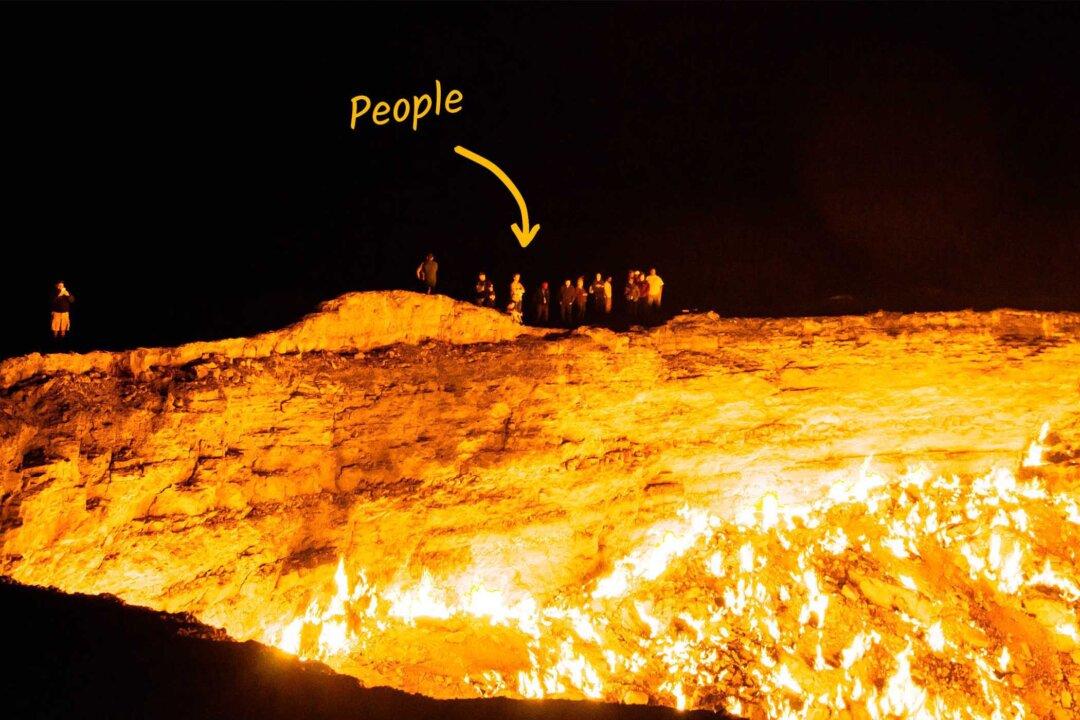Disclaimer: This article was published in 2023. Some information may no longer be current.
How a yawning fiery crater opened up in the desert to form the “Gates of Hell” in Turkmenistan is a disputed tale—disputed, perhaps, because it’s situated in that particular former Soviet region.






